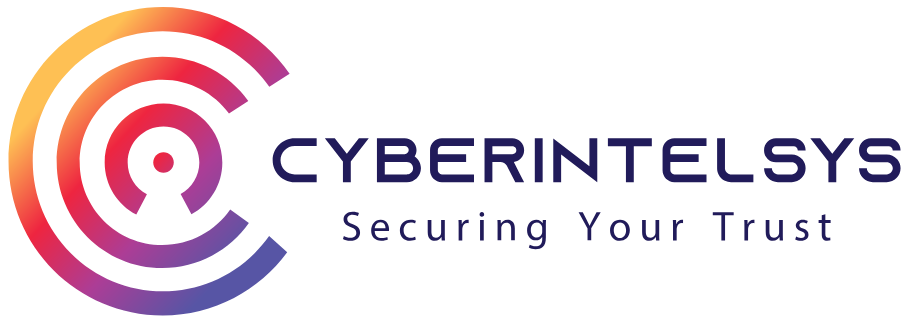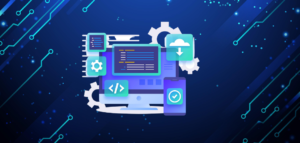

Table of Contents
ToggleBuilding a Culture of Security: Governance and Zero Trust in Manufacturing.
Manufacturers are highly driven to leverage leading-edge technology to revolutionize their businesses, The emphasis in the year 2023 is to adopt and improve their operations with 5G and IoT. As a result, the manufacturing industry is progressing faster in terms of technology adoption than other verticals, including energy, finance, and healthcare. This rapid advancement is a testament to the industry’s commitment to leveraging cutting-edge technologies for optimizing operations and improving overall efficiency.
However, they should also prioritize innovation in governance and cyber risk management. As they push for technological advancements, it’s crucial for manufacturers to address potential risks and ensure proper management of these risks.
OT-IT convergence drives manufacturing modernization.
The Integration of Operational Technology (OT) and Information Technology (IT) on the factory floor is a critical component of modernizing manufacturing. This convergence facilitates innovative digital processes, remote connectivity, and more intelligent operations. It’s a transformation that focuses on achieving business outcomes, and executives rely on it for future success.
The Industrial Control System (ICS) technologies that form the backbone of the OT ecosystems are being targeted by cybercriminals more often. Attackers have mastered the art of effectively utilising ICS hyperconnectivity and convergence with the IT world. This is supported by the government Cybersecurity and Infrastructure Security Agency’s (CISA) warning from the previous year and by high-profile attacks that year against tyre producers, wind turbine manufacturers, steel producers, automobile manufacturers, and others.
Reducing risk through Zero Trust
Manufacturers can significantly reduce cyber-attack risk by implementing a Zero Trust architecture. This approach involves integrating endpoint security, user authentication, and network security measures to prevent unauthorized access to OT or IT networks and to limit the ability of attackers to move laterally through these networks. With Zero Trust, access is granted based on risk level, and only when certain conditions are met.
ZTNA 2.0 solutions can contribute to the implementation of more efficient controls at the application level that is responsive to account takeover attempts when developing a zero-trust approach. ZTNA 2.0 combines fine-grained, least-privileged access with continuous trust verification and thorough, ongoing security inspection – all from a single, streamlined package to safeguard all users, devices, apps, and data worldwide. Although the concept is straightforward, it requires careful execution to be effective.
The need for collaboration and feedback from corporate stakeholders is another crucial aspect of Zero Trust. Business stakeholders must be deeply involved in Zero Trust projects if they are to succeed, just as they drive the “push to the edge” and “push for all nature” of digital transformation and OT-IT convergence in manufacturing.
Business stakeholders should own Zero Trust.
Business stakeholders should be involved in risk discussions before delving into the architectural design for Zero Trust. This approach aims to prioritize risk assessments and other activities that align with the manufacturer’s business goals, instead of focusing solely on technical specifications. By involving the entire team in determining the value of OT and IT assets, this step back helps establish a roadmap for deploying Zero Trust security technologies over time. Ultimately, this collaborative approach aims to shape the way risk is managed and reduce the risk of cyber-attacks.
The most foresighted and deep knowledge of the upcoming business circumstances, regulatory requirements, partnership agreements, and supply chain factors that may affect risk estimates is held by corporate stakeholders. Because of this, the cornerstone and basis of Zero Trust governance is firm ownership.
These technical executors are less likely to adopt a tools-only approach to technology acquisition or participate in reactionary expenditure based on the most recent breach news when manufacturers guide the security team with an eye on business results. The security measures that manage risk to the most crucial operational operations initially as well as the processes and systems most at risk from new innovations and business models will be the focus of incremental enhancements.
Conclusion
Companies can reduce cyber-attack risk by implementing a Zero Trust architecture, which involves integrating endpoint security, user authentication, and network security measures to prevent unauthorized access to OT or IT networks and limit the ability of attackers to move laterally through these networks.
This collaborative approach aims to shape the way risk is managed and reduce the risk of cyber-attacks. The security measures that manage risk to the most crucial operational operations initially as well as the processes and systems most at risk from new innovations and business models will be the focus of incremental enhancements.




